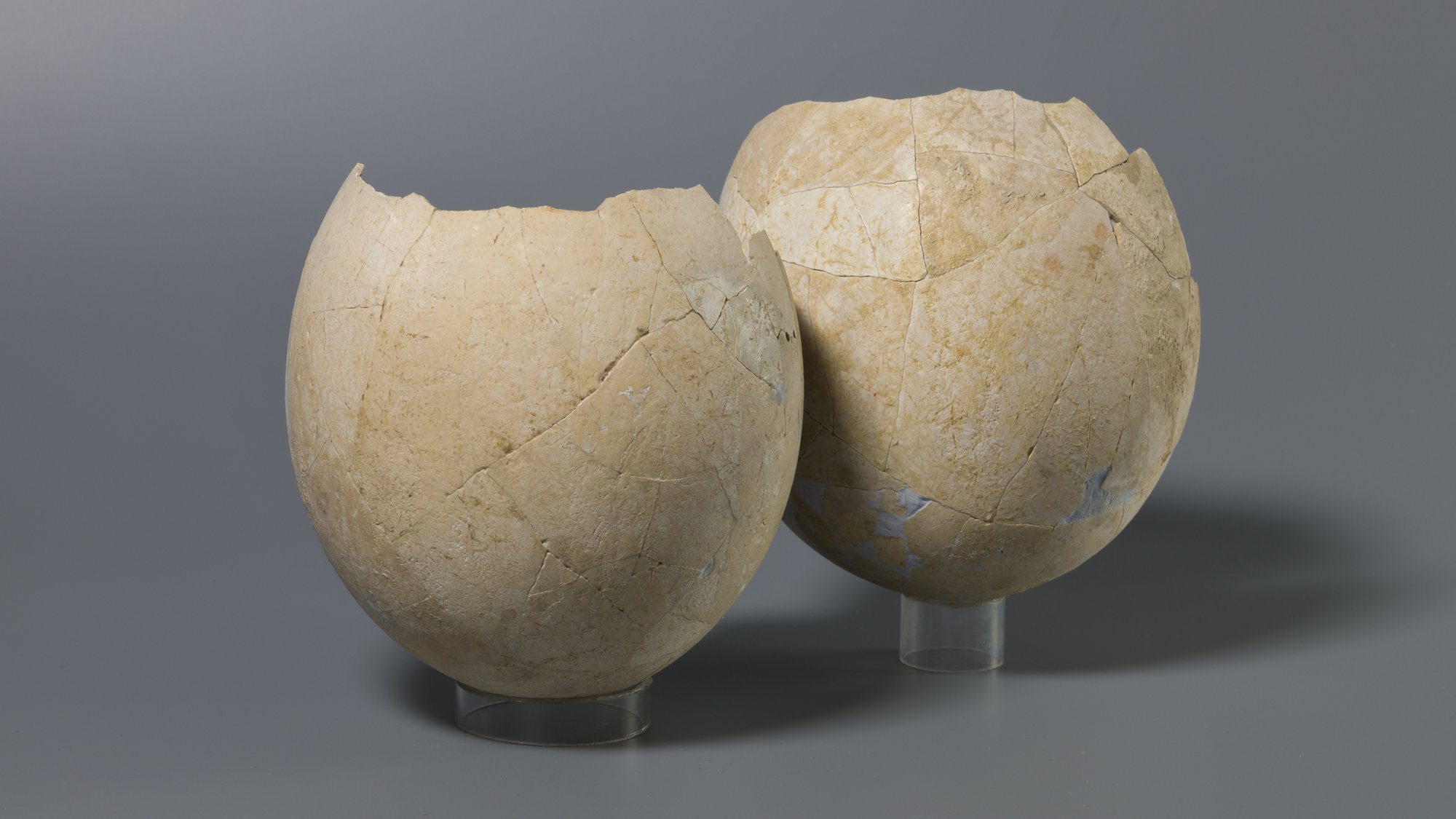Überblick
The “Shells in Archaeology” project initially arose from the idea of going beyond the usual methodological approaches such as the comparison of decorative elements (in the case of decorated ostrich vessels) or isotope analysis and supplementing this information with DNA examinations. The DNA studies are to be carried out by the Max Planck Institute for Evolutionary Anthropology in Leipzig.
DNA analyses of antique ostrich eggs offer the possibility to specify trade networks of this luxury good, but also to gain information on ancient ostrich populations. Furthermore, it is possible to recognize whether the ostrich eggs in antiquity originated from wild or captive animals. Under good preservation conditions, it is even possible to detect DNA traces of the person who touched and used the ostrich egg vessel. In this case, it is also feasible to determine the age and sex of the individual.
The project is to be extended to Cyprea snails (Cowrie), as these are encountered more frequently in archaeological contexts, especially as components of jewelry of deceased individuals. Cyprea shells are primarily found in tropical and subtropical regions (Indo-Pacific or Red Sea) and also appear as an endemic species (Trivia monacha) in the Mediterranean and Atlantic. DNA analyses can also help uncover ancient trade networks here and assist in better assessing the value of cowrie shells in antiquity.
In the future, shells from other animal species can also be included in the project.





